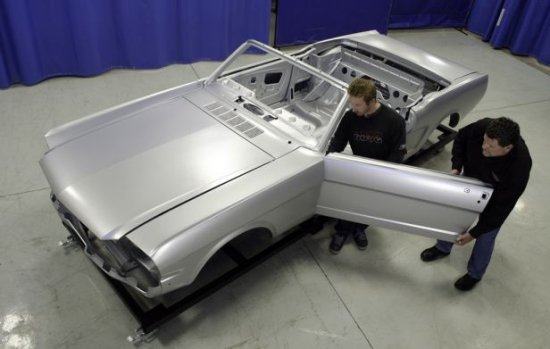In many societies, money is already considered as the main objective. However, there are cases when people are willing to spend so much money on restoring the beauty of their older cars. Before restoring your old car, it is important to understand about the usual pros and cons. As an example, the car may not be old enough that it still continues to depreciate. Depending on car model and the year of production, it takes certain age for the car value to increase with time. In this case, we should also understand about the economic benefits of restoring a car, because it doesn’t make sense to restore a depreciating car. Of course, unless we want to make our old car prettier, regardless of the consequences.
Once we drive the car off the lot, it loses about 20 percent of the actual value. The annual depreciation in value will be between 7 to 12 percent, depending on the model of the car. It means that for the first year of the car ownership, we could lose more than 30 percent of the original value. If we multiply that with the value of the car, we have lost thousands of dollars in a short amount of time. We also need to include the extra cost of tax and financing, if we apply car loan. The problem could get worse, if we experience a major accident and the car is totalled. It is likely that the insurer won’t provide us with full financial backup for the lost of the car. It is likely that we will only be paid the current value of the car; not the original one.
Although car restoration may not be sensible financially, we could still do good things to the environment. If we can make the car runs longer on the road, there’s no need to use exhaustible resources for making a new car. This will allow us to contribute to make a better environment. Modern cars have more plastic components, compared to older cars that have more metal. Metal can be recycled more easily than plastics. Although plastic can also be recycled, it is more likely that much of them will be left in landfills; contaminating soil and ground water. The cost of restoring a car should be much lower than purchasing a new one. With a reasonable budget, we could still redo the interior, install new tires and paint the exterior.
If the restoration process needs to be more extensive, we may need to purchase a new drive train, that includes rear-end, driveshaft, transmission and engine. In some cases, cars can be restored for less than $15,000. Even when taking into consideration time and labor costs, we could still save a lot of money. A proper restoration process can bring the back to standard factory specifications. In fact, it is possible for car owners to customize the car to match their personal needs. As an example, they could use more powerful engine to gain better performance.
























